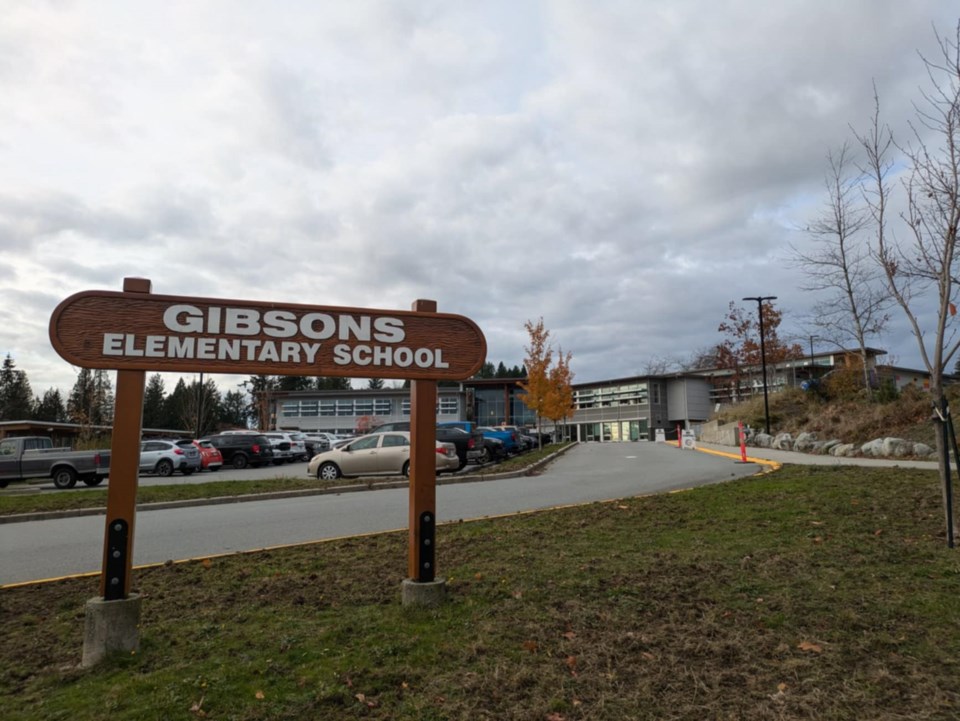School District 46 is weighing a decision on how best to expand Gibsons Elementary School, as provincial funding priorities push districts toward prefabricated construction over traditional builds.
At the June 11 regular board meeting, secretary-treasurer Nicholas Weswick presented a report outlining the pros and cons of both construction methods.
The discussion follows a broader review of the district’s major capital plan amid growing enrollment pressures at Gibsons Elementary.
A meeting report explains that since the Ministry of Education launched its prefabricated initiative in September 2023, 37 prefabricated projects have been approved under the Expansion Program (EXP), compared to just two traditional construction projects.
This trend has prompted district staff to reconsider their long-standing preference for a traditional expansion at Gibsons Elementary.
Weswick noted his personal preference remains a traditional build for Gibsons, given its original design and long-term benefits, adding that there are a variety of perspectives on the best way forward.
“It's a tough decision, and I think that does need to rest in the hands of the board,” he said.
The report highlights several advantages of prefabricated construction, including faster delivery, reduced disruption during installation, and a higher likelihood of ministry approval.
However, it also notes several drawbacks: prefabricated additions would be detached from the main school building, potentially affecting student flow and programming.
Additionally, installation would require the removal of outdoor amenities such as the basketball court or garden area.
A traditional build would offer a more integrated and permanent solution, preserving outdoor learning spaces and better supporting long-term educational goals. However, the report states this approach is less likely to receive funding and would involve more disruption during construction.
Initial site maps included in the report show potential placement options for a prefabricated structure. Weswick clarified that these are still in early stages and not to scale.
The board must formally indicate in its EXP submission whether the project is a candidate for prefabricated construction. With three expansion projects included in the district’s capital plan, Weswick acknowledged the competitive nature of the funding: “We’d be very lucky to even get one, given the broader provincial context.”
The decision comes while the district faces rising operational costs, including a projected $300,000 increase in employee benefits for the next school year and growing expenses related to waste management.
The board voted to approve the major capital plan submission.
This includes the four-classroom traditional construction expansion at Gibsons Elementary, modular (prefabricated) expansions at Davis Bay and Roberts Creek Elementary schools, seismic upgrades at Sechelt Alternative School, and a new childcare facility at Cedar Grove Elementary.
Jordan Copp is Coast Reporter’s civic and Indigenous affairs reporter. This reporting beat is made possible by the Local Journalism Initiative.
Words missing in article? Your adblocker might be preventing hyperlinked text from appearing.



